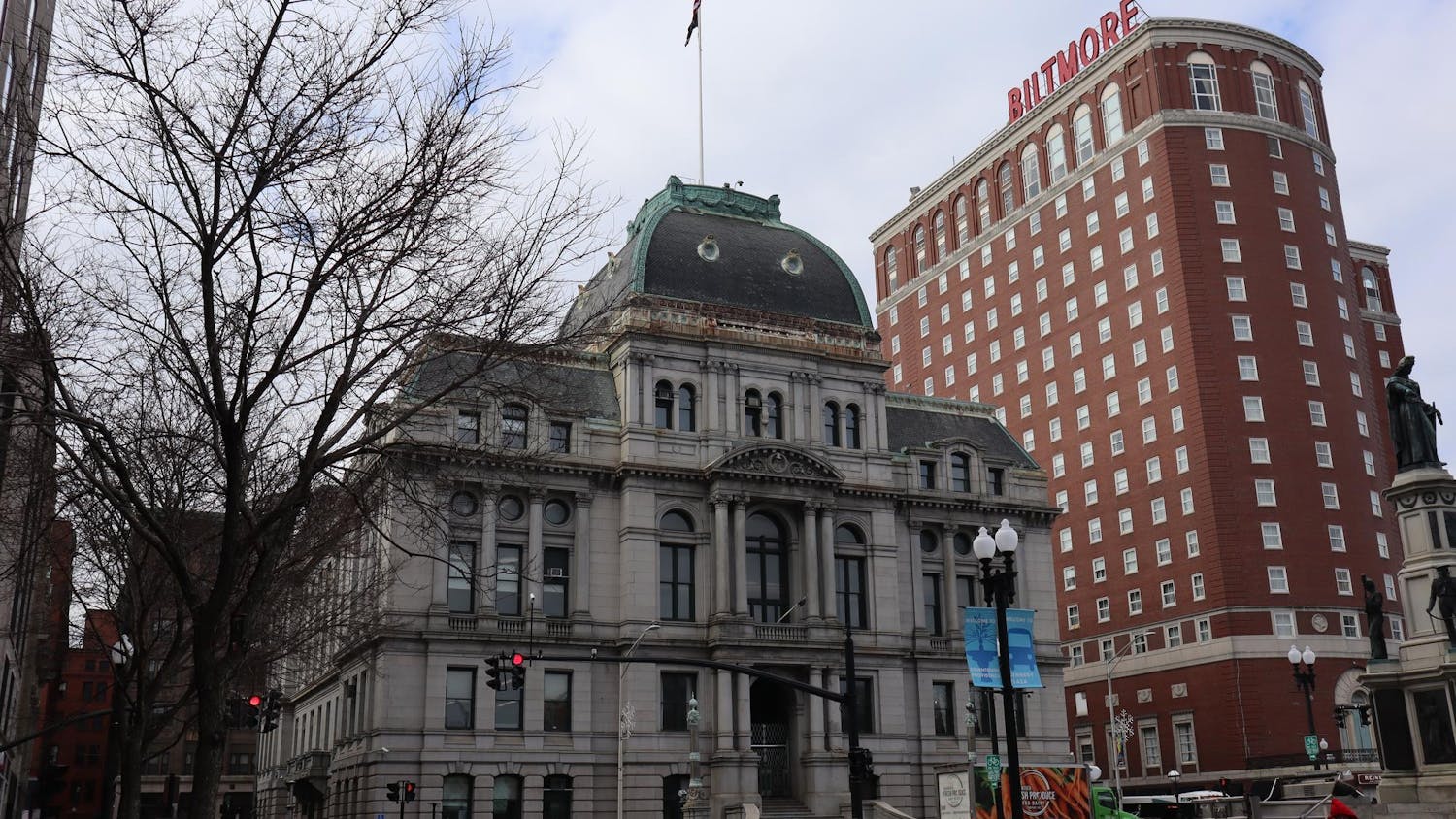Rhode Island-based renewable energy company Deepwater Wind won the first federal auction for offshore wind development, paying $3.8 million for 164,000 acres of ocean on the Atlantic seaboard between Rhode Island and Massachusetts. The lease for the Deepwater Wind Energy Center has not been officially signed but will be completed in the next few weeks, said Jeff Grybowski ’93, CEO of Deepwater Wind.
Deepwater Wind plans to build a utility-scale wind farm, which will consist of roughly 200 turbines and produce approximately 1,000 megawatts of energy, Grybowski said. The 600-foot-tall turbines will be situated at one-mile increments on the outer continental shelf of the seaboard, he added.
The site and project plans will undergo environmental reviews from late 2013 to 2016 as Deepwater Wind seeks to obtain state and federal environmental permits, Grybowski said. The wind farm could potentially be up and running by 2018, he said.
The federal auction is part of the Department of the Interior’s “Smart from the Start” offshore wind power initiative. Launched in 2010, the program created a set of rules and guidelines for licensing, permitting, finding sites suitable for and constructing new offshore wind projects, according to a DOI press release.
The Coastal Resources Management Council and the R.I. Department of Environmental Management created the Ocean Special Area Management Plan in 2008. As a part of the plan, the University of Rhode Island performed testing to determine the possible impact of wind farming on the area’s commercial fishing, navigation and tourism, as well as the environmental impact on avian, mammal and fish species and habitats, said Chris Kearns, chief of program development at the R.I. Office of Energy Resources. This work played a role in helping the federal government determine ocean areas suitable for wind farming, he added.
The offshore area auctioned off in July was identified by the DOI as a Wind Energy Area, meaning it did not pose a significant commercial or environmental threat.
Deepwater Wind’s energy center will provide the state with a secure source of clean energy, Grybowski said. Wind power use “will displace an equivalent amount of fossil fuel” in the region, leading to less air pollution from particulates and carbon dioxide, he added.
Deepwater has considered plans to harvest and sell energy from the center to neighboring New England states, according to the company’s website, though no final decisions have yet been made.
“Offshore wind is the largest renewable energy source in the northeast because we are so constrained with respect to land,” Grybowski said.
But some critics cite environmental effects, economic cost and aesthetic concerns as issues for offshore wind projects.
“Offshore wind is not economically viable without a huge amount of subsidies and tax credits, and ideally there would be investments in (research and development) that would drive down those costs,” said Audra Parker ’84, president and CEO of the Alliance to Protect Nantucket Sound, a Massachusetts organization that campaigns against the proposed Cape Wind project in Nantucket Sound. While the organization does not oppose offshore wind power, it opposes the location of wind turbines in the “environmentally sensitive” sound.
Since the Deepwater Wind proposal is located in a government-approved area and requires environmental oversight, it may not pose the same controversies as the Cape Wind project, including threats to fisheries, animals and navigation safety, she added. But until technologies improve, the project will continue to face economic obstacles, she said.
Deepwater Wind is also currently working on a small proof-of-concept wind farm to pilot the Deepwater plan three miles southeast of Block Island, Grybowski said. This five-turbine project will compete with Cape Wind to be the first offshore wind farm in the U.S. It is slated for construction in 2014 and will be in operation by 2015, he said.

ADVERTISEMENT




